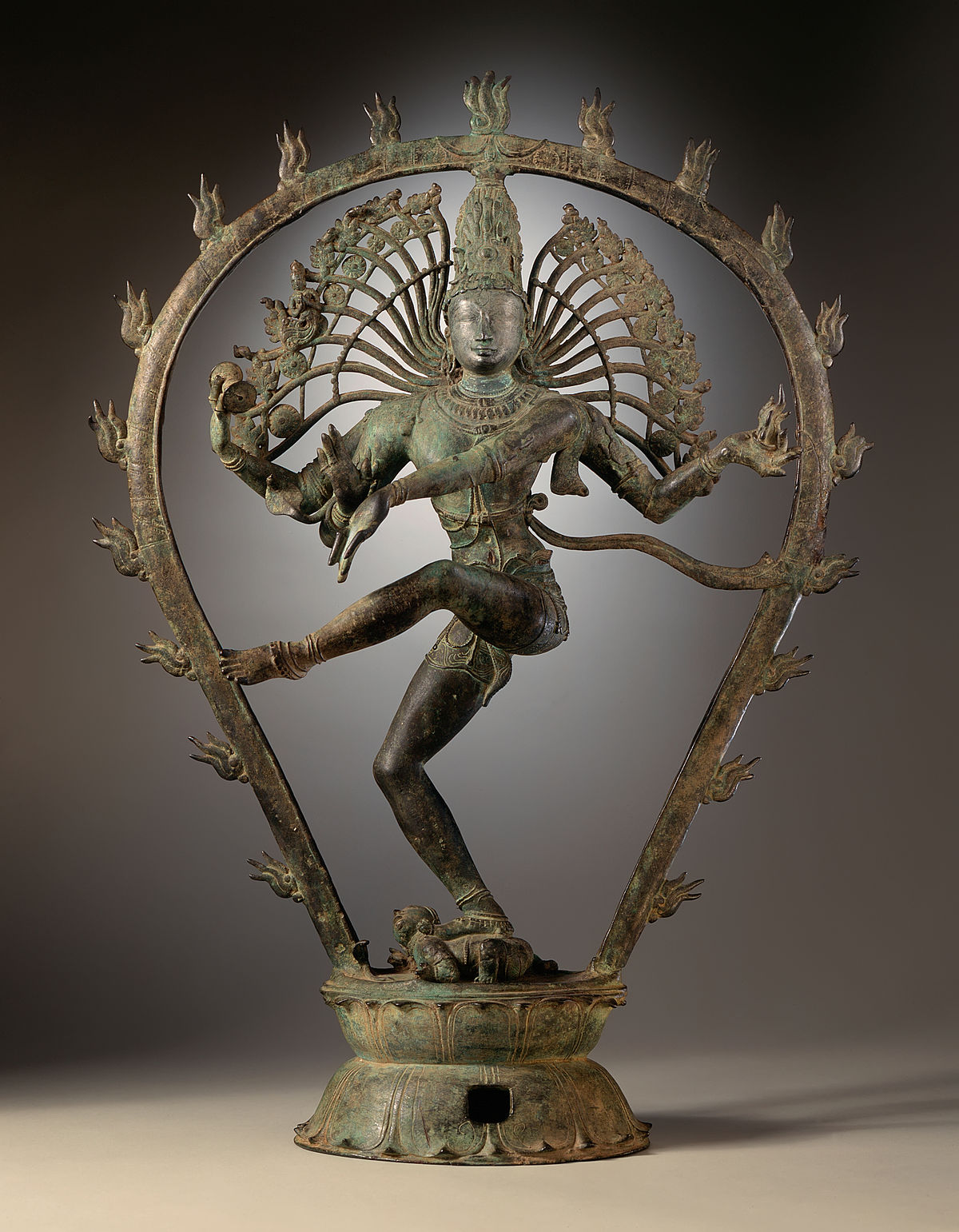Welcome to our October newsletter.
We start our monthly selection with “The Dance of Shiva”, an article by Ananda Coomaraswamy on the symbolism of the dance, starting from the Hindu scriptures to reveal its metaphysical symbolism.
The Essential Significance of Shiva’s Dance is threefold: First, it is the image of his Rhythmic Play as the Source of all Movement within the Cosmos, which is Represented by the Arch: Secondly, the Purpose of his Dance is to Release the Countless souls of men from the Snare of Illusion: Thirdly the Place of the Dance, Chidambaram, the Centre of the Universe, is within the Heart.
• Staying with music, we present a new addition to our Sacred Audio Collection: music of the ashiks of Turkey, heirs to an ancient tradition of Anatolian lore, music and poetry which became part of the distinct Sufi Bektashi rites. As usual we offer some introductory samples and links for further listening and reading.
Bektashis perform the djem through prayers and dance (semah). Its manifestation in poetry and music uses particular texts, figures, rhythmic patterns and melodies, which are performed according to a certain order. At the beginning a slow-paced music is performed with the accompaniment of the long-necked lute (saz/baglama). Only the saz or a similar plucked string instrument can be used in a djem ritual… Percussive instruments, as seen in some other Sufi orders, are not welcomed since they are said to disrupt the divine atmosphere.
• Finally, we present the article “Divine Love in the Medieval Cosmos” about the cosmologies of Hildegard of Bingen and Hermann of Carinthia, a mystic and a philosopher of the twelfth century.
Of particular importance is the structure of the universe, the firmament being ‘in the shape of an egg, small at the top, large in the middle and narrowed at the bottom,’ surrounded by a ‘bright fire’ in which the sun and the three other planets are contained… Hildegard invites the reader to crack open the shell “covering” (integument) the cosmic egg, to unpick its symbolism.




